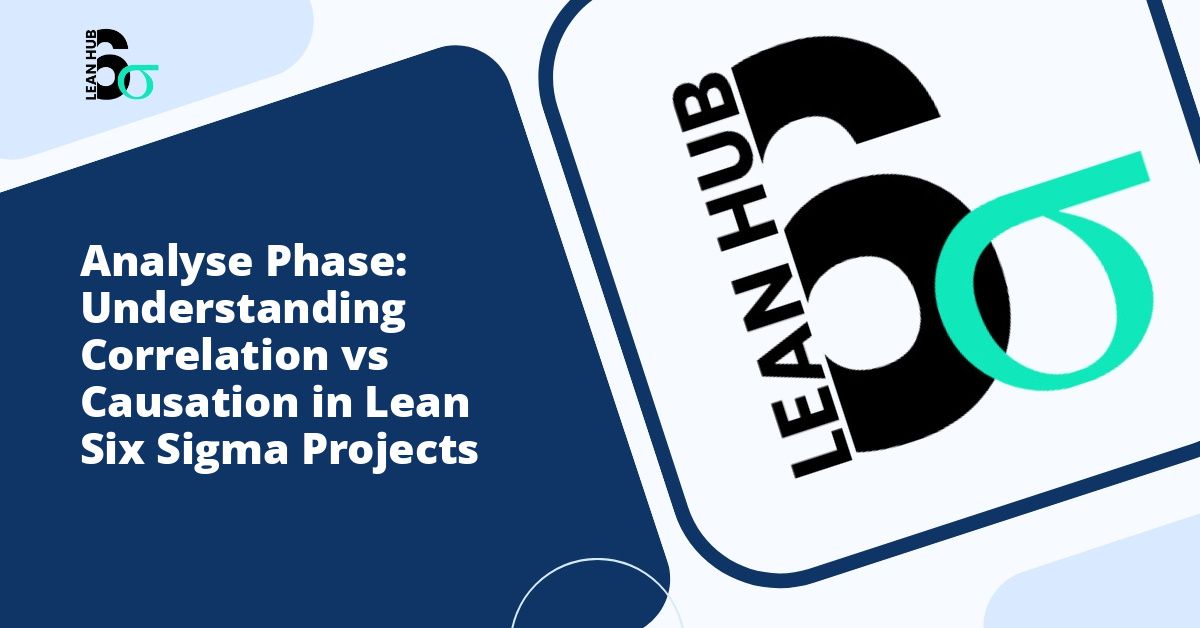In the world of data analysis and quality improvement, understanding the distribution of your data is not just a statistical nicety; it is a fundamental requirement for making sound decisions. Normality testing, the process of determining whether your data follows a normal distribution, plays a crucial role in selecting appropriate analytical methods and drawing valid conclusions from your findings. This comprehensive guide explores why normality testing matters and provides practical approaches to checking your data effectively.
Understanding Normal Distribution and Its Importance
The normal distribution, often called the bell curve, represents one of the most fundamental concepts in statistics. This symmetrical distribution pattern appears frequently in nature and human-made processes, from manufacturing measurements to biological characteristics. When data follows a normal distribution, approximately 68% of values fall within one standard deviation of the mean, 95% within two standard deviations, and 99.7% within three standard deviations. You might also enjoy reading about How to Conduct a 5 Whys Analysis: Step-by-Step Guide with Examples.
The importance of normality extends far beyond theoretical statistics. Many powerful analytical tools and tests, including t-tests, analysis of variance (ANOVA), and regression analysis, assume that data follows a normal distribution. When this assumption holds true, these methods provide reliable and accurate results. However, when data significantly deviates from normality, using these tools can lead to incorrect conclusions, flawed predictions, and poor business decisions. You might also enjoy reading about Queue Analysis: Why Work Piles Up and How to Identify the Causes.
The Role of Normality Testing in Lean Six Sigma
Within the framework of lean six sigma, normality testing occupies a critical position throughout the improvement process. Lean six sigma methodology emphasizes data-driven decision making and process optimization, making the accurate interpretation of data paramount to success. During the recognize phase, practitioners begin identifying opportunities for improvement and establishing the foundation for their projects. Understanding whether process data follows a normal distribution helps teams select appropriate analytical approaches and set realistic improvement goals. You might also enjoy reading about Gap Analysis in Six Sigma: A Complete Guide to Comparing Current State to Desired State.
Quality professionals utilizing lean six sigma techniques must verify normality before conducting hypothesis tests, creating control charts, or calculating process capability indices. When data proves non-normal, alternative methods or data transformations become necessary to ensure valid statistical conclusions. This verification step prevents teams from implementing changes based on faulty analysis, ultimately saving time, resources, and credibility.
Common Consequences of Ignoring Normality
Failing to test for normality before proceeding with statistical analysis can result in several significant problems. First, statistical tests may produce misleading p-values, causing analysts to either detect false effects or miss genuine ones. Second, confidence intervals calculated under the assumption of normality may be too narrow or too wide, affecting the precision of estimates. Third, process capability indices like Cp and Cpk, which assume normal distribution, may misrepresent actual process performance when this assumption is violated.
In manufacturing environments, incorrect normality assumptions can lead to inappropriate specification limits, increased defect rates, and customer dissatisfaction. In service industries, these mistakes might result in inefficient resource allocation or inadequate service level agreements. The financial implications of such errors can be substantial, particularly when scaled across large operations or extended timeframes.
Visual Methods for Assessing Normality
Visual inspection provides an intuitive first step in evaluating whether data follows a normal distribution. Several graphical techniques offer valuable insights into data patterns and potential departures from normality.
Histograms
A histogram displays the frequency distribution of data by grouping values into bins. For normally distributed data, the histogram should reveal a symmetric, bell-shaped pattern centered around the mean. Skewness to the left or right, multiple peaks, or unusual gaps suggest departures from normality. While histograms provide quick visual assessment, they can be sensitive to bin width selection, potentially obscuring or exaggerating distribution features.
Normal Probability Plots
The normal probability plot, also called a Q-Q plot (quantile-quantile plot), offers a more precise visual assessment. This graph plots observed data values against expected values from a theoretical normal distribution. When data follows a normal distribution, points should align closely with a straight diagonal reference line. Systematic deviations from this line indicate non-normality, with specific patterns suggesting particular types of departure such as skewness, heavy tails, or outliers.
Box Plots
Box plots display data through quartiles, showing the median, interquartile range, and potential outliers. While not specifically designed for normality testing, box plots reveal asymmetry and extreme values that might indicate non-normal distributions. A symmetric box with whiskers of approximately equal length suggests potential normality, though this method alone cannot confirm it.
Statistical Tests for Normality
While visual methods provide valuable initial insights, formal statistical tests offer objective measures of normality. Several tests are commonly employed, each with particular strengths and limitations.
Shapiro-Wilk Test
The Shapiro-Wilk test is widely regarded as one of the most powerful normality tests, particularly for small to moderate sample sizes (typically less than 2000 observations). This test calculates a W statistic comparing the data to a perfectly normal distribution. A significant result (typically p-value less than 0.05) indicates departure from normality. The test performs well across various types of non-normal distributions, making it a reliable choice for many applications.
Anderson-Darling Test
The Anderson-Darling test provides another robust approach to normality testing, giving more weight to observations in the tails of the distribution. This characteristic makes it particularly useful for detecting outliers and tail-heavy distributions. Like the Shapiro-Wilk test, a significant result suggests the data does not follow a normal distribution. This test works well with sample sizes ranging from small to moderately large.
Kolmogorov-Smirnov Test
The Kolmogorov-Smirnov test compares the empirical cumulative distribution function of the data with the theoretical cumulative distribution function of a normal distribution. While less powerful than the Shapiro-Wilk test for detecting departures from normality, it offers the advantage of applicability to larger sample sizes. However, analysts should note that this test is more sensitive to differences near the center of the distribution than in the tails.
Practical Considerations and Sample Size Effects
When conducting normality tests, sample size significantly influences both test sensitivity and practical implications. With small samples (fewer than 30 observations), normality tests have low power, meaning they may fail to detect actual departures from normality. Conversely, with very large samples (thousands of observations), these tests become extremely sensitive, potentially flagging minor, practically insignificant deviations as statistically significant.
This paradox requires analysts to balance statistical significance with practical significance. In the recognize phase of lean six sigma projects, understanding this balance helps teams make appropriate decisions about analytical approaches. For large datasets showing statistically significant but minor departures from normality, many parametric tests remain robust enough to provide valid results. Conversely, small datasets should be examined carefully, perhaps combining statistical tests with visual inspection and subject matter expertise.
What to Do When Data Is Not Normal
Discovering that data does not follow a normal distribution does not end the analysis; rather, it opens alternative pathways. Several strategies can address non-normal data effectively.
Data transformation involves applying mathematical functions to modify data distribution. Common transformations include logarithmic, square root, and Box-Cox transformations. These methods can often convert skewed data into approximately normal distributions, allowing the use of standard parametric tests.
Non-parametric methods provide alternatives that do not assume normal distribution. Tests such as the Mann-Whitney U test, Kruskal-Wallis test, and Spearman correlation offer robust options for analyzing non-normal data without transformation. While sometimes less powerful than parametric equivalents, these methods deliver valid results regardless of distribution shape.
Increasing sample size leverages the Central Limit Theorem, which states that sampling distributions of means approach normality as sample size increases, even when underlying data is non-normal. This principle supports the use of parametric tests for large samples despite non-normal raw data.
Implementing Normality Testing in Your Workflow
Incorporating normality testing into standard analytical workflows ensures consistent, reliable results. Begin by conducting visual assessments to identify obvious patterns or anomalies. Follow with appropriate statistical tests based on sample size and analytical goals. Document findings and decisions about analytical approaches, particularly when working within structured improvement frameworks like lean six sigma.
Remember that normality testing represents a means to an end, not an end itself. The ultimate goal is accurate analysis and sound decision making. By understanding when and how to test for normality, and what actions to take based on results, analysts can ensure their conclusions rest on solid statistical foundations.
Conclusion
Normality testing serves as a critical gateway to appropriate statistical analysis and reliable decision making. Whether working within lean six sigma frameworks during the recognize phase or conducting standalone analyses, verifying distributional assumptions protects against flawed conclusions and wasted resources. By combining visual methods with formal statistical tests and understanding how to respond to non-normal data, analysts can navigate the complexities of real-world data while maintaining analytical rigor. The time invested in proper normality testing invariably pays dividends through more accurate insights, better decisions, and improved outcomes across all areas of data-driven work.








